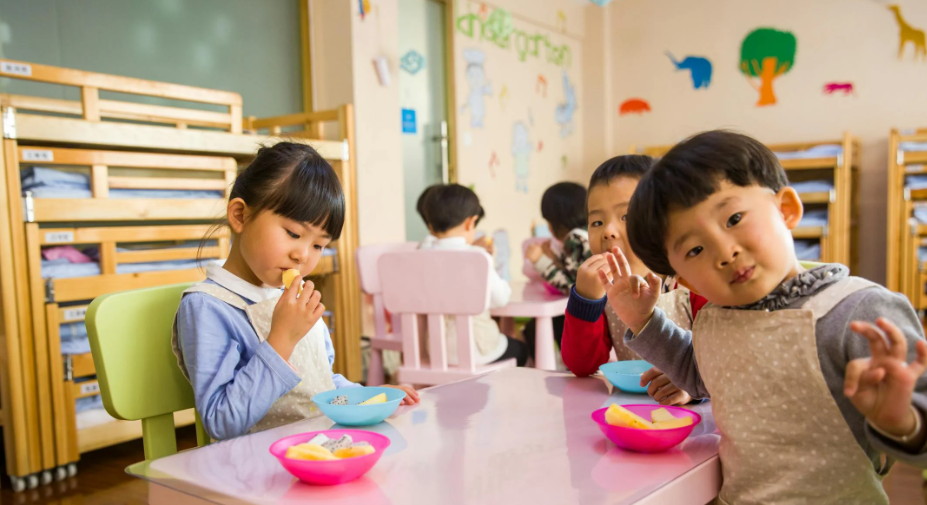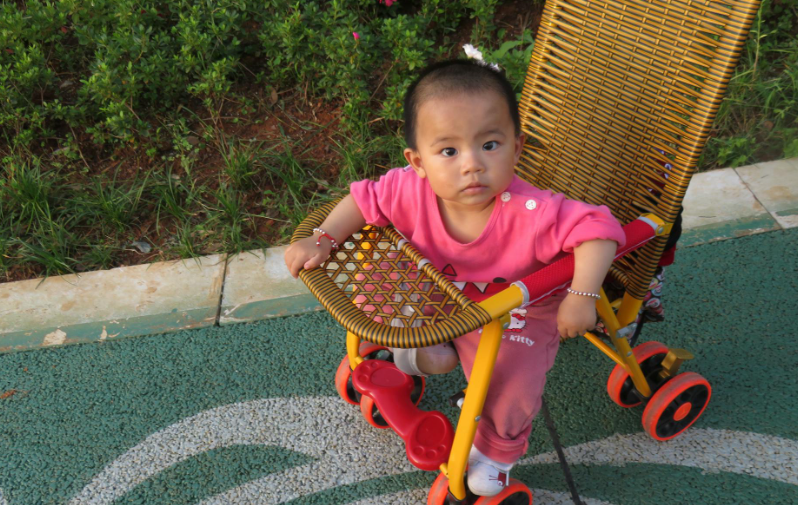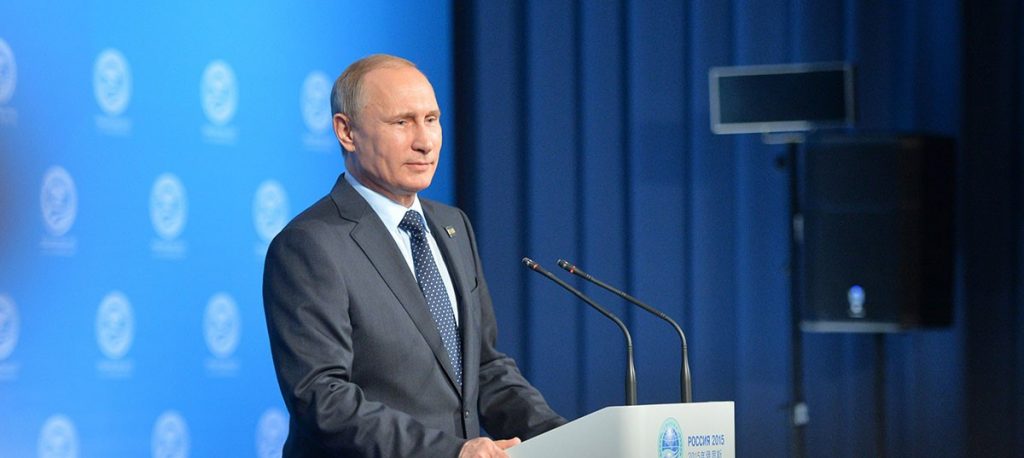China Will Pay You to Have Children: Subsidies Included!

© Naomi Shi / Pexels
China is facing a significant decline in its population, with 2024 marking the third consecutive year of decrease.
This trend has raised concerns about the country’s future workforce and economic stability. In response, various regions in China have introduced measures to encourage childbirth and support young families.
One notable example is Hohhot, the capital of Inner Mongolia, which has implemented innovative initiatives to promote population growth.
Hohhot’s Initiatives to Encourage Childbirth
In March 2025, Hohhot announced a series of incentives aimed at encouraging couples to have children. These measures include financial subsidies and nutritional support for new mothers. For the first child, couples receive a one-time payment of 10,000 yuan (approximately $1,382). For the second child, they are granted an annual subsidy of 10,000 yuan until the child reaches five years old.
The third child is eligible for an annual subsidy of 10,000 yuan until the age of ten, totaling around 100,000 yuan over the subsidy period. This amount is roughly twice the average annual income of local residents.

Additionally, Hohhot has partnered with major dairy companies, such as Yili and China Mengniu Dairy, to provide new mothers with electronic vouchers worth 3,000 yuan for dairy products. This initiative ensures that new mothers have access to essential nutrients during the postpartum period.
National Efforts to Address Population Decline
Hohhot’s policies are part of a broader national effort to reverse the declining birth rate. Over 20 provincial-level administrations across China have introduced childcare subsidies to encourage marriage and childbirth. The central government has also emphasized the importance of boosting domestic consumption and supporting families. Premier Li Qiang announced plans for childcare subsidies and free preschool education to alleviate the financial burdens associated with raising children.
Factors Contributing to Population Decline
Several factors have contributed to China’s declining population. The one-child policy, implemented between 1980 and 2015, has had long-term effects on population growth. Rapid urbanization has led to lifestyle changes, with many individuals prioritizing careers over starting families. The high cost of living and raising children has also deterred many couples from having multiple children. In 2024, marriages decreased by 20%, the largest drop on record, further exacerbating the population decline.

Economic Implications
The declining population poses significant challenges to China’s economy. A reduced workforce can lead to decreased productivity and economic growth. To counter these effects, the government is implementing strategies to boost domestic consumption. These include increasing wages, providing childcare subsidies, and supporting emerging markets such as artificial intelligence and winter tourism. These measures aim to enhance consumer confidence and stimulate economic activity.
China’s declining population has prompted both local and national governments to introduce policies aimed at encouraging childbirth and supporting families. Hohhot’s initiatives, including financial subsidies and nutritional support for new mothers, exemplify the innovative approaches being implemented.
You might also want to read: It’s Confirmed! Japan’s Population Is 80 Years And Older


